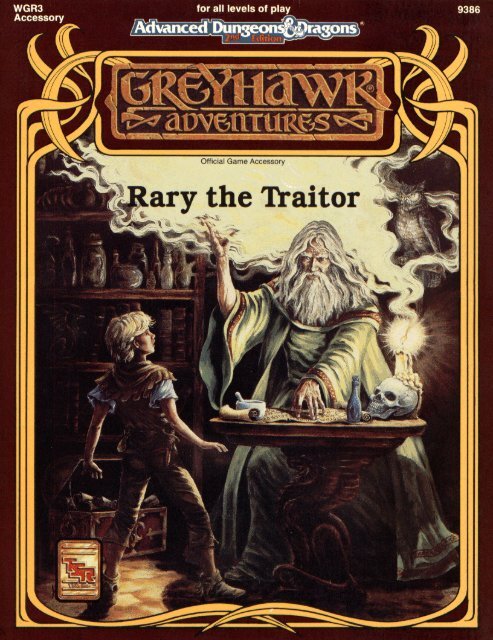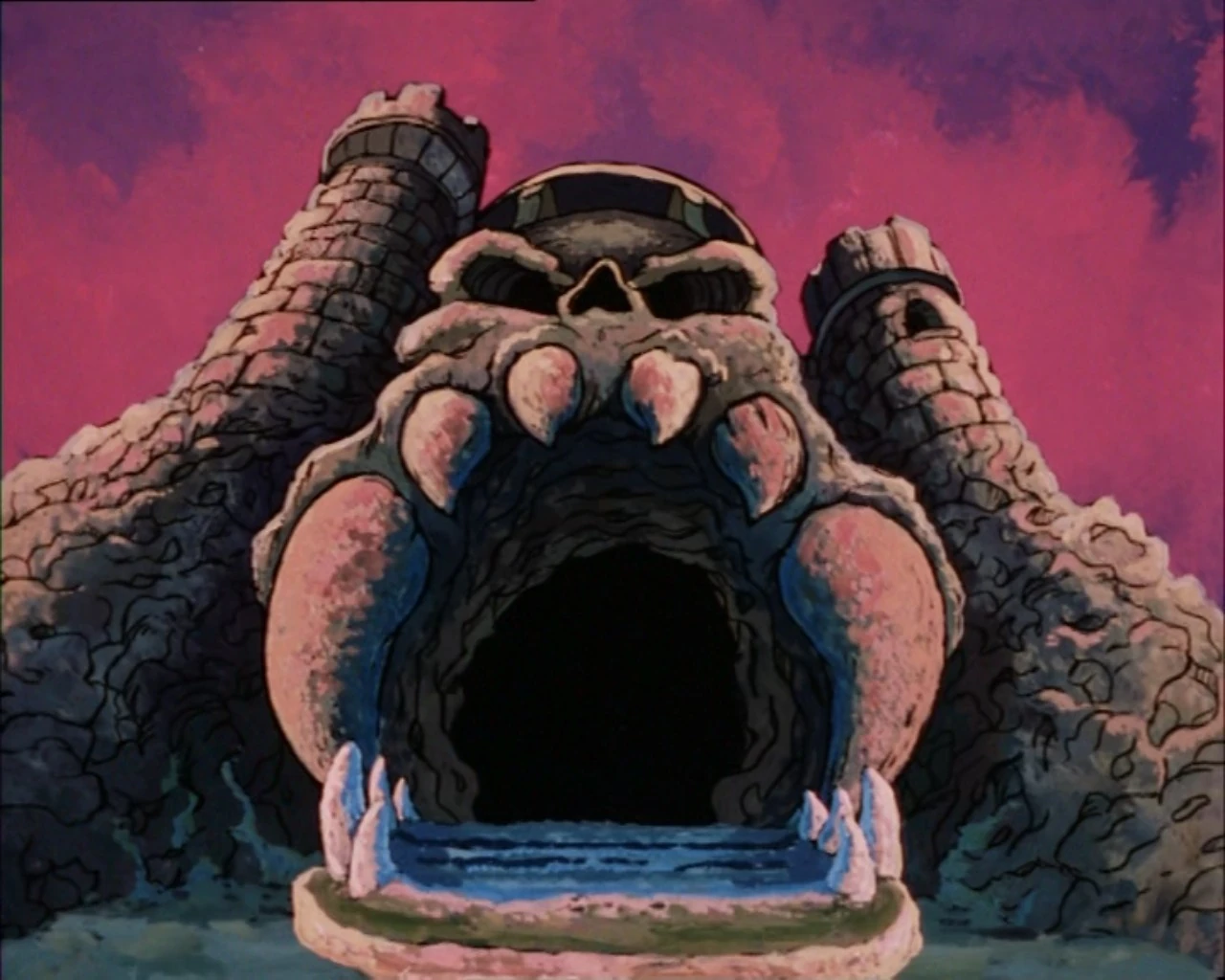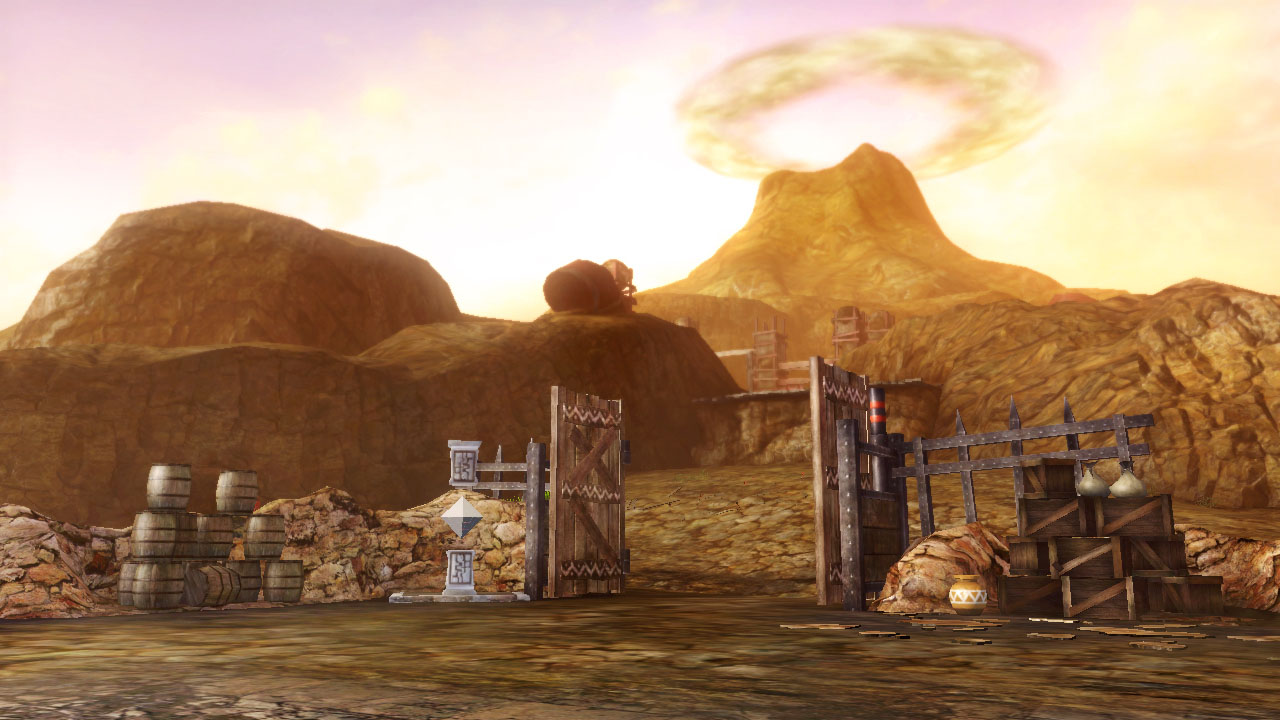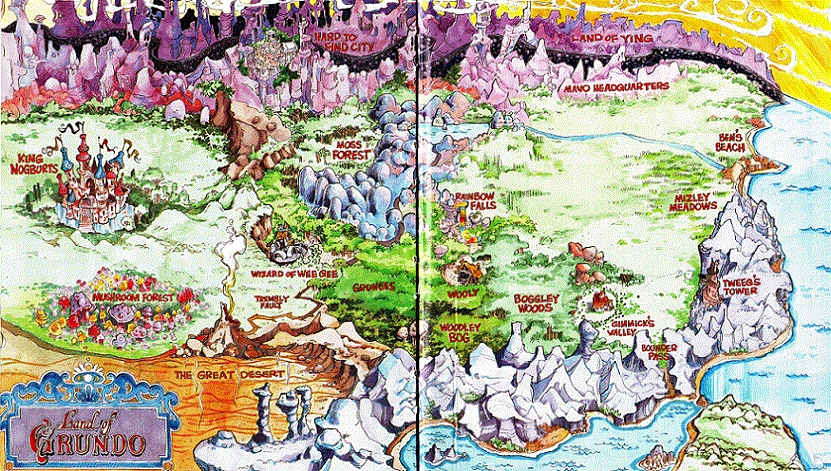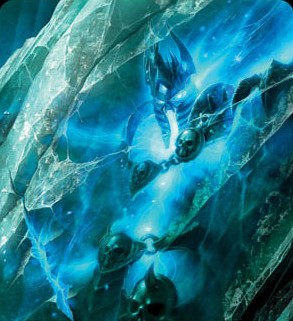As described in my last post, I will attempt to convert Basic D&D's
War Machine rules to the Sunset Realm. The capital city of Antissa is under siege by High Elven forces who are pissed at the loss of their homeland. As the PCs are currently far away, investigating a dark tower and having been warned by Antissa patrols not to come near the city, the siege is happening mostly offscreen. And though I love miniature battles, playing solitary is not one of my hobbies. Therefore I turn to
War Machine to determine the fate of Antissa and the High Elves.
The strength of forces in
War Machine is determined by calculating the Battle Rating (BR) of a troop. The Battle Rating is determined by a number of factors: leadership, experience, training, equipment and special circumstances.
Antissa
Antissa's army is composed of a force of trained citizens (4,500), the Red Guard (1,500) and the King's Pistoliers (100). In addition, King Kenneth commands four airships and possesses a few formidable cannons on the city walls.
Leadership: the determining factors in leadership are the commander's level and his Intelligence, Wisdom and Charisma modifiers. In the case of Antissa, King Kenneth himself is a capable war leader, a 9th level Paladin. His Intelligence is 13, his Wisdom 11 and his Charisma 17. Antissa's leadership factor is 13.
Experience is factored by both the average level of the officers in the force as well as the level of the troops. Most officers (whether knights or veterans, both out of the 5E Monster Manual) still have a +2 proficiency bonus, implying that their level cannot be higher than 4. Considering Antissa's martial tradition and excellent training facilities, let's state that the average officer level is 4. Multiplying by 3 as per the
War Machine rules gives us a rating of 12.
For the troops, the average level must be multiplied by 2 to calculate the rating. Antissa's army is well trained but not exceptional. Let's set the average level at 2 to get a rating of 4.
In addition to these factors, a +1 is added for every battle won in the last 10 years and a -1 is factored in for every battle lost in that same time. In my campaign, during the War with Aurora a few years ago, Antissa's army lost the first battle but won the siege and the ensuing field battle. For these experiences, a total of +1 is added to the experience battle rating for a total of 17.
Training: for every week spent in training the last year, +1 may be added to the factor, up to a maximum of 20. Antissa's army is highly disciplined so may apply the full +20 to the battle factor. For every week that the commander trains with the army, an additional +1 may be added up to a +20. King Kenneth is a capable war leader, yet his royal duties prevent him from spending a full training regimen with his armies. He spends one week every moon with his troops, providing a +12 to the battle factor. An additional +1 may be gained for every month the troops as a whole are on duty and not in their homes or forts. As Antissa's army is a citizen army, this factor does not apply. Antissa's total training factor is 32.
Equipment: the quality of equipment determines the last major part of the battle factor. Average quality equipment provides 5, good quality 10 (double the base cost), excellent quality (triple the base cost) 15. Antissa is a rich kingdom and has a well-maintained armory, yet also suffers from the iron shortage that grips the land. As such, the equipment factor is "only" 5.
Adding all these numbers yields a Basic Force Rating of 67, which reads as "Fair" on the Troop Class Table.
The besieging High Elves
The 4,000 strong High Elven army is commanded by Prince Evander, seconded by Prince Leolar and Duchess Ylsandre (King Kenneth's grandmother). Evander is 11th level Fighter/Wizard with Int 20, Wis 11, Cha 14. Leolar is a 9th level Eldritch Knight and Ylsandre is a 9th level Wizard (Enchantress). The Elven leadership factor is 18, +4 for two level 9+ officers for a total of 22.
The High Elven forces are slightly more experienced in matters of war than their human opponents, having held the glades of Silvanor against goblins, monsters and other scum for centuries. Let's set the officers' average experience level at 6 (for 18) and the average troop level at 4 (for 8). For all their experience, the Elves haven't had to fight in a major battle for decades so they gain no additional bonus or penalty. Their experience factor is 26.
The Elves are rigorous soldiers and martial training is part of their routine. As such, both the troops and their leader Prince Evander train regularly and gain the full +40 bonus to the battle factor. They have been fighting together for a month in the field now, for a +1 bonus. The Elven training factor is 41.
Taking care of your ancestral weapons and armor is part of the High Elven martial training. As such, the Elves are in possession of "good" quality weaponry for a factor of 10.
Special: in
War Machine, certain troops gain a bonus to the battle factor depending on ancestry. Dwarves and Elves receive an additional 15 points to the battle factor. Monsters with certain special abilities (such as spectres, dragons, etc) gain an additional 2 points. As an Elven army, Evander's forces gain 15 points.
Adding all these numbers yields a Basic Force Rating of 114, a quality of "Excellent" on the Troop Class Table.
Determining the final Battle Rating (BR)
War Machine further accounts for force composition by adding 1/10th of the Basic Force Rating to the Battle Rating every time one of the following statements is true. For ease of reference, I have copied the statements here to account for both Antissa's and Evander's armies.
Mounted:
a. 20% or more of the force is mounted. (Antissa Y/Elves N)
b. 40% or more of the force is mounted. (Antissa N/Elves N)
Missiles:
c. 20% or more of the force can use missile fire. (Antissa Y/Elves Y)
d. 20% or more of the force has a missile fire range of 100' or more. (Antissa Y/Elves Y)
Magical:
c. 5% or more of the force is equipped with magical abilities. (Antissa N/Elves N)
f. 20% or more of the force is equipped with magical abilities. (Antissa N/Elves N)
g. 100% of the force is equipped with magical abilities. (Antissa N/Elves N)
Spells:
h. 5% or more of the force can cast spells. (Antissa N/Elves Y)
i. 30% or more of the force can cast spells. (Antissa N/Elves N)
Flying:
j. 1% or more of the force can fly. (Antissa Y/Elves N)
k. 20% or more of the force can fly. (Antissa N/Elves N)
Speed:
l. The force has an average movement rate of 35' per round (or more). (Antissa N/Elves N)
Antissa can add 4 times its BR bonus of 7 for a total Battle Rating of 95.
The Elves can add 3 times their BR bonus of 12 for a total Battle Rating of 150.
Join me next time, as we consider Antissa's defenses and the siege engines of the High Elves.
